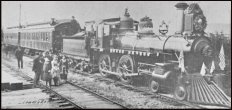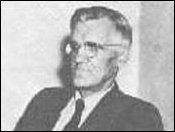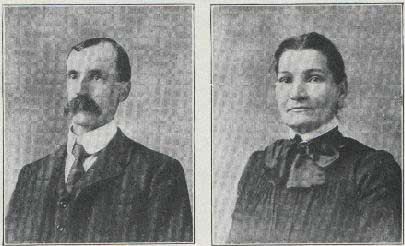Skagit River Journal
Subscribers Edition Stories & Photos

|
This is a page from our Subscribers Edition. Our free site remains free. How to subscribe to our separate online magazine or donate to our project |
Skagit River JournalSubscribers Edition Stories & Photos |

|
 |
 |
Frank Hamilton's acreage coverd both sides of the river. Most of that acreage became part of a 713-acre parcel that James T. Ovenell and Harold Pearson bought in the 1940s and Ovenell bought outright in 1960. The current owners of the original Hamilton property south of the river are descendants Norm & Eleanor Ovenell, who have their wonderful Ovenell's Heritage Inn [http://www.ovenells-inn.com/] there and raise Angus beef cattle on their Double-O Ranch. There are also very historically conscious. You can tour the property from 10 a.m. to 5 p.m. on Oct. 2 and 3 this fall, as a part of the tour of Skagit family farms.A historical farm Across the river at the confluence of the Baker and Skagit rivers lied the Riverview farm, now owned by S.E. and C.F. Jones. There are about 150 acres in the tract, in the shape of an L. It was first settled upon in 1883 by Frank R. Hamilton and wife, receiving a patent for the land in 1885, when this country was a part of Whatcom county. After clearing off the fir and cedar from the land, the Hamiltons set out fruit trees, apples, pears, peaches, plums, prunes and in one sunny spot, grapes are growing in wild profusion. In 1902 John Carlin bought the place and in turn sold to James Swzine. J.V. Van Horn acquired the title in 1905 and sold to the present owners in 1907.
|
Please report any broken links or files that do not open and we will send you the correct link. Thank you. |
|
Heirloom Gardens Natural Foods at 805B Metcalf street, the original home of Oliver Hammer Oliver Hammer Clothes Shop at 817 Metcalf street in downtown Sedro-Woolley, 82 years Bus Jungquist Furniture at 829 Metcalf street in downtown Sedro-Woolley, 36 years Peace and quiet at the Alpine RV Park, just north of Marblemount on Hwy 20 Park your RV or pitch a tent by the Skagit river, just a short driver from Winthrop or Sedro-Woolley College Way Antique Mall, 1601 E. College Way, Mount Vernon, WA 98273, (360) 848-0807 Where you will find wonderful examples of Skagit county's past, seven days a week DelNagro Masonry Brick, block, stone — See our work at the new Hammer Heritage Square See our website www.4bricklayers.com 33 years experience — 15 years as a bonded, licensed contractor in the valley Free estimates, reference, member of Sedro-Woolley Chamber  (360) 856-0101 (360) 856-0101 |
|
|
|
|
|
View Our Guestbook |
|
|
Mail copies/documents to street address: Skagit River Journal, 810 Central Ave., Sedro-Woolley, WA, 98284. |